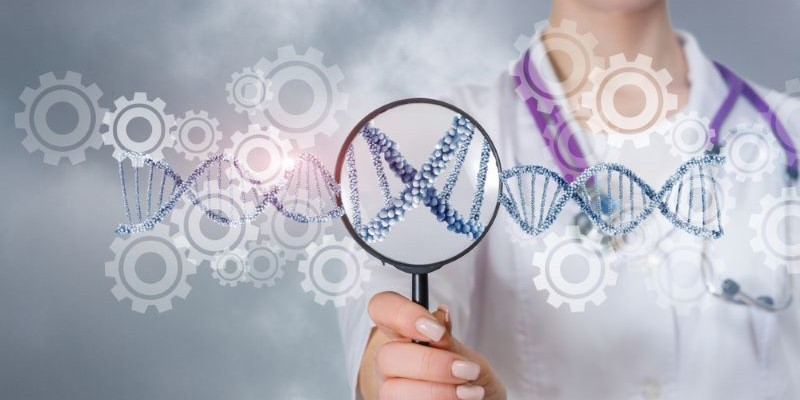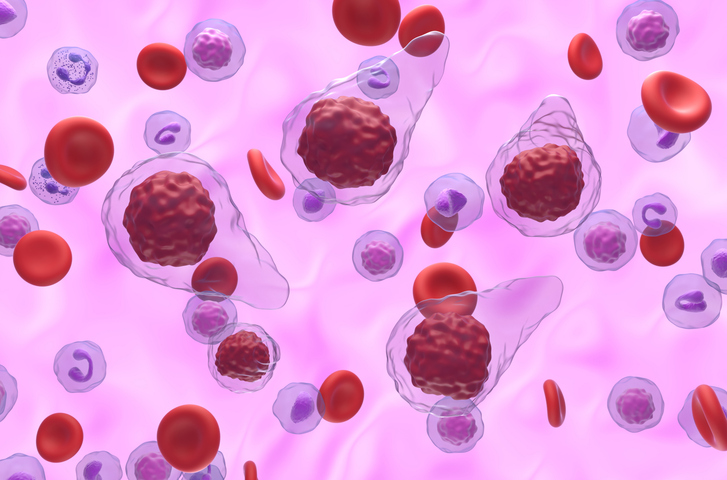Nico Gagelmann, MD, on Driver Mutation Clearance After Stem Cell Transplantation
By Nico Gagelmann, MD - Last Updated: March 4, 2024Dr. Gagelmann, of the University Medical Center Hamburg-Eppendorf in Germany, presented abstract results on the role of driver mutation clearance after stem cell transplantation for patients with myelofibrosis (MF) at the 65th American Society of Hematology Annual Meeting & Exposition.
According to Dr. Gagelmann, MF is a disease with three driver mutations—JAK2, CALR, and MPL—which can be measured after stem cell transplantation with quantitative PCR technology.
“One thing we saw over the last 15 years in transplantation is that there are different dynamics of mutation clearance after stem cell transplantation. We now know for several years to better select patients before stem cell transplantation, but what happens after was really not well known,” he explained.
According to Dr. Gagelmann, the study revealed two important results. For the first time, researchers discovered that mutation clearance at days 30 and 100 led to successful outcomes and a very low risk for relapse. Additionally, CALR and MPL mutations, which are associated with better outcomes compared with JAK2, also showed earlier mutation clearance than JAK2.
“This is one biological feature that helps us understand why these patients have better outcomes after transplantation, because they clear the mutation much earlier,” he said.
The study also found that patients with CALR mutations who are positive at day 30 or day 100 after transplantation have worse outcomes than patients who are negative.
“Mutation clearance at day 30 and at day 100 is really important to understand the prognosis of patients after transplantation, even for patients who might have had onset better prognosis before transplantation,” Dr. Gagelmann explained.
Finally, he described what these results imply for the future of MF treatment.
“Because we’ve done that prospectively for the last 15 years, and we have the biggest cohort so far, this should be the standard of care for all centers across the world to do mutation clearance measurement after stem cell transplantation,” he concluded.






 © 2025 Mashup Media, LLC, a Formedics Property. All Rights Reserved.
© 2025 Mashup Media, LLC, a Formedics Property. All Rights Reserved.